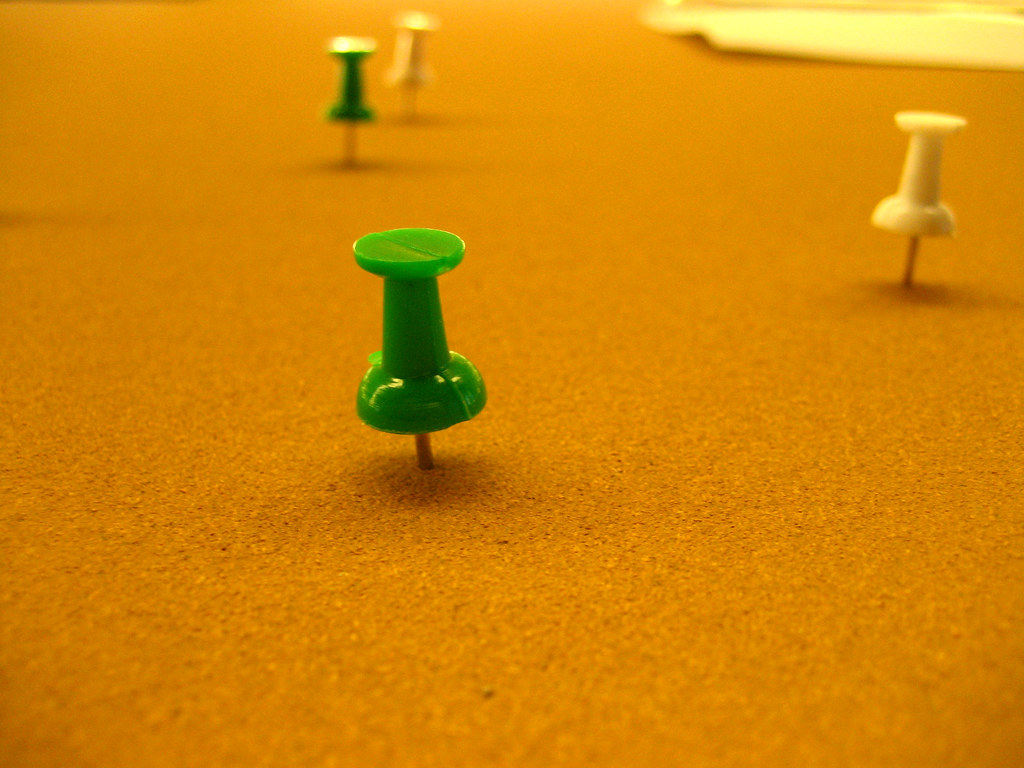 |
| Photo credit: erstwhile ungulate on Flickr |
I'm not going to lie, though—plotting this WIP was really hard. So hard that I actually took a break halfway through and put it away for several months before I opened it up and looked at it again.
The thing is, as completely necessary as pre-plotting is for me before I write even a single word of the WIP, it's not exactly the easiest of processes. With this most recent WIP I sort of forgot about one of the two plotting processes I've played around with that maybe would've made the experience a little easier, but for my next project I think I'm going to combine my two methods.
The methods I'm talking about are:
- Scrivener cork board. So I've described this method before in my On How I Plot a WIP and How to Use Scrivener's Cork Board posts, so I won't go into super detail here, but it basically involves writing brief summaries of every scene in your planned book, each on a separate flashcard that gets "pinned" to the cork board. Some scenes are more fleshed out than others, but I write just enough for me to understand the gist of what has to happen in each scene. This is the only method I did for the last WIP I plotted, and yes, it worked, as it has worked in the past, but I found it more difficult than the previous two projects I'd plotted, which involved a combination of this method and...
- Pre-draft synopsis. So I know on paper this sounds like voluntary torture, but I have been pleasantly surprised to find that writing the synopsis before I've written the book is a million times easier and more enjoyable than writing it after. Go figure. (I've written about this discovery in this post.) But basically this is exactly what it sounds like—opening up a document and writing however many pages you need to go step by step through what will happen in your book.
In the past, when I've combined the two it usually involved having both Scrivener and Word open at the same time. (I don't know why my brain insists on writing a synopsis in Word when Scrivener is perfectly capable of handling both the outline and synopsis, but whatever, brains are weird.) I'd write the synopsis part first, expanding more and more as I go along, and gradually transfer over what I had to the flashcards, which I would later need for first drafting. Both times I did this I managed to finish fully plotting the projects in a week or less.
Would have been nice if I'd remembered that while plotting the last project, but I digress...
Sometimes playing around with new strategies or combining ones you have can be extra effective, which is why I'm sharing it with you guys. After all, you never know what methods will work best for you if you don't try new strategies here and there.
Have you tried either of these methods for plotting?
Twitter-sized bite:
Looking for a new way to plot? @Ava_Jae shares a combination method you might want to try. (Click to tweet)








No comments:
Post a Comment